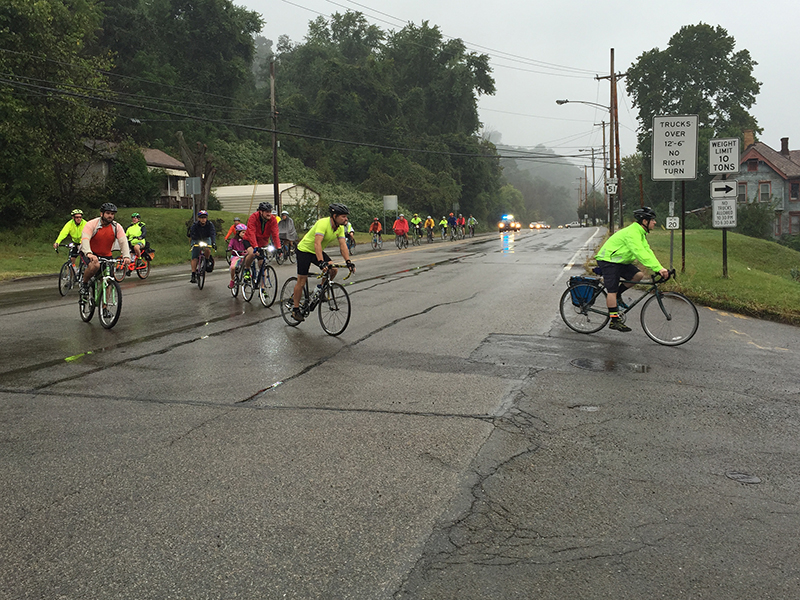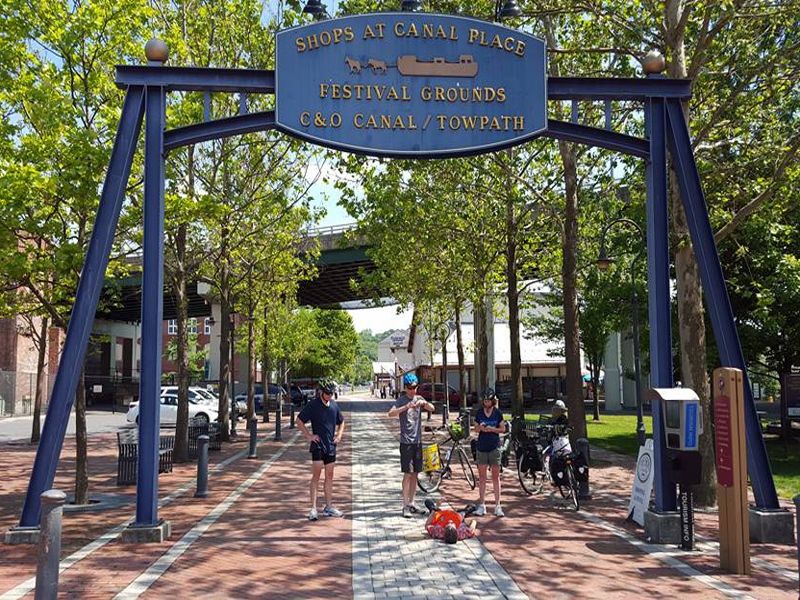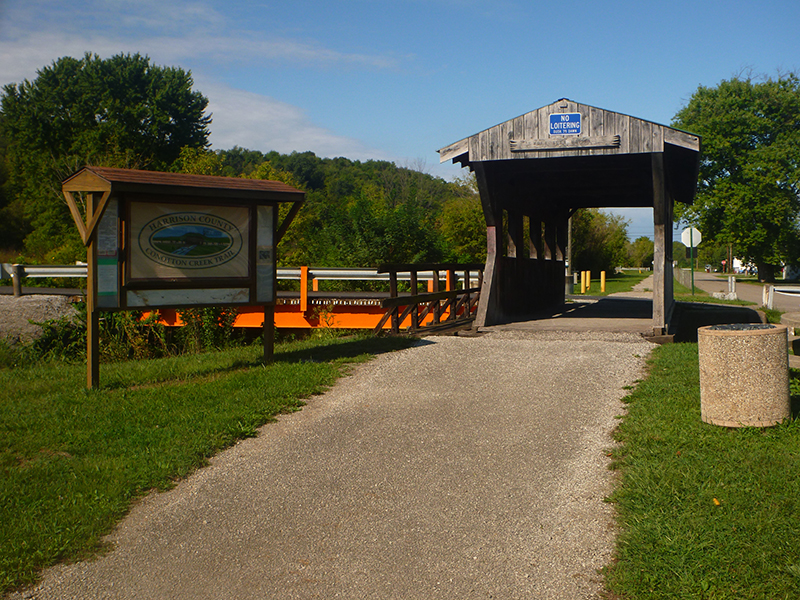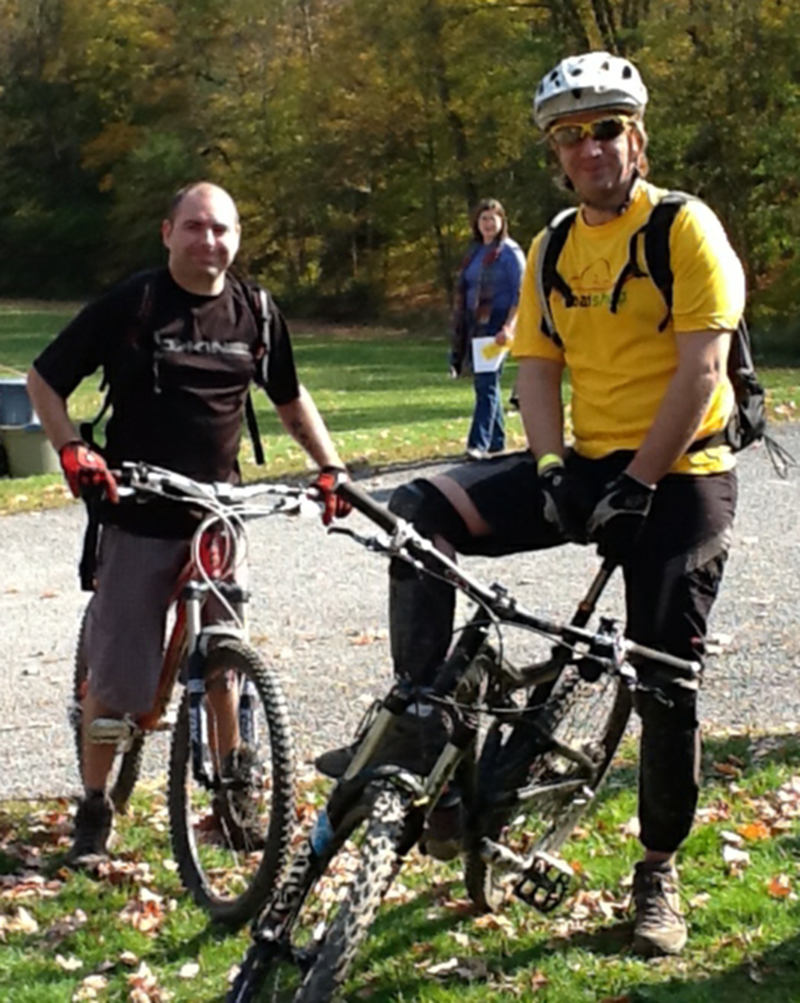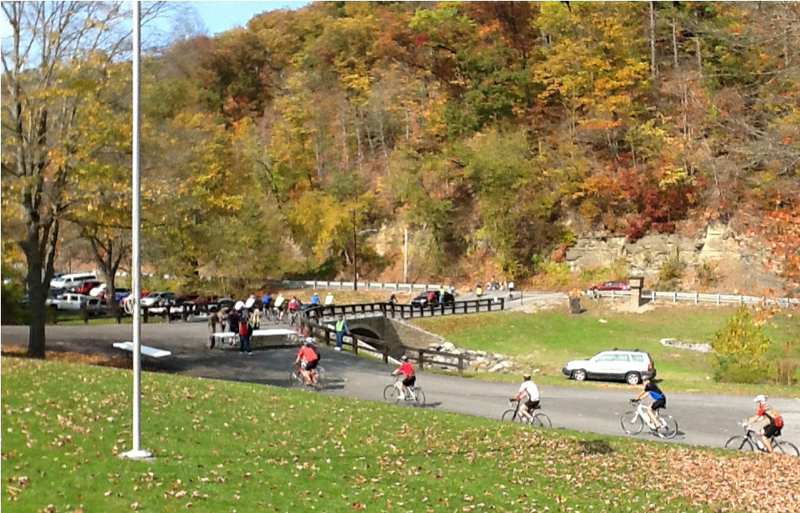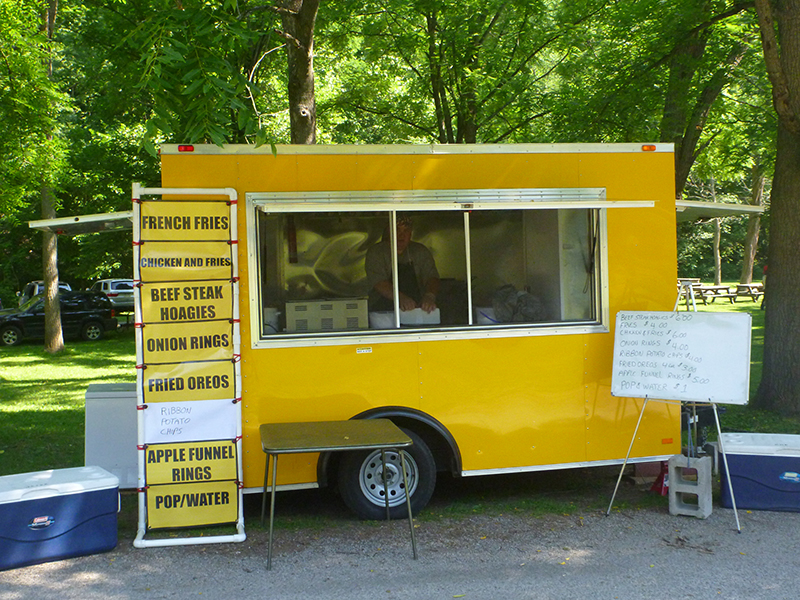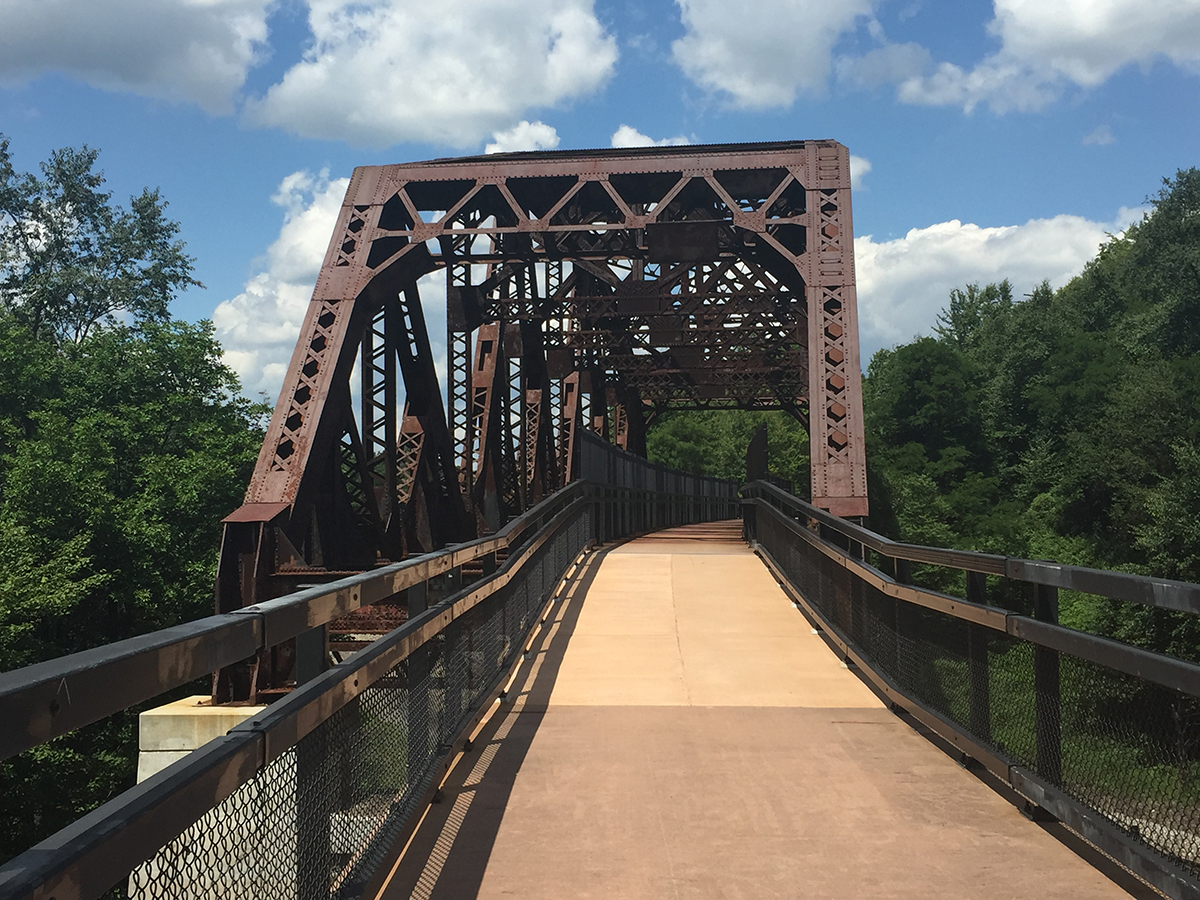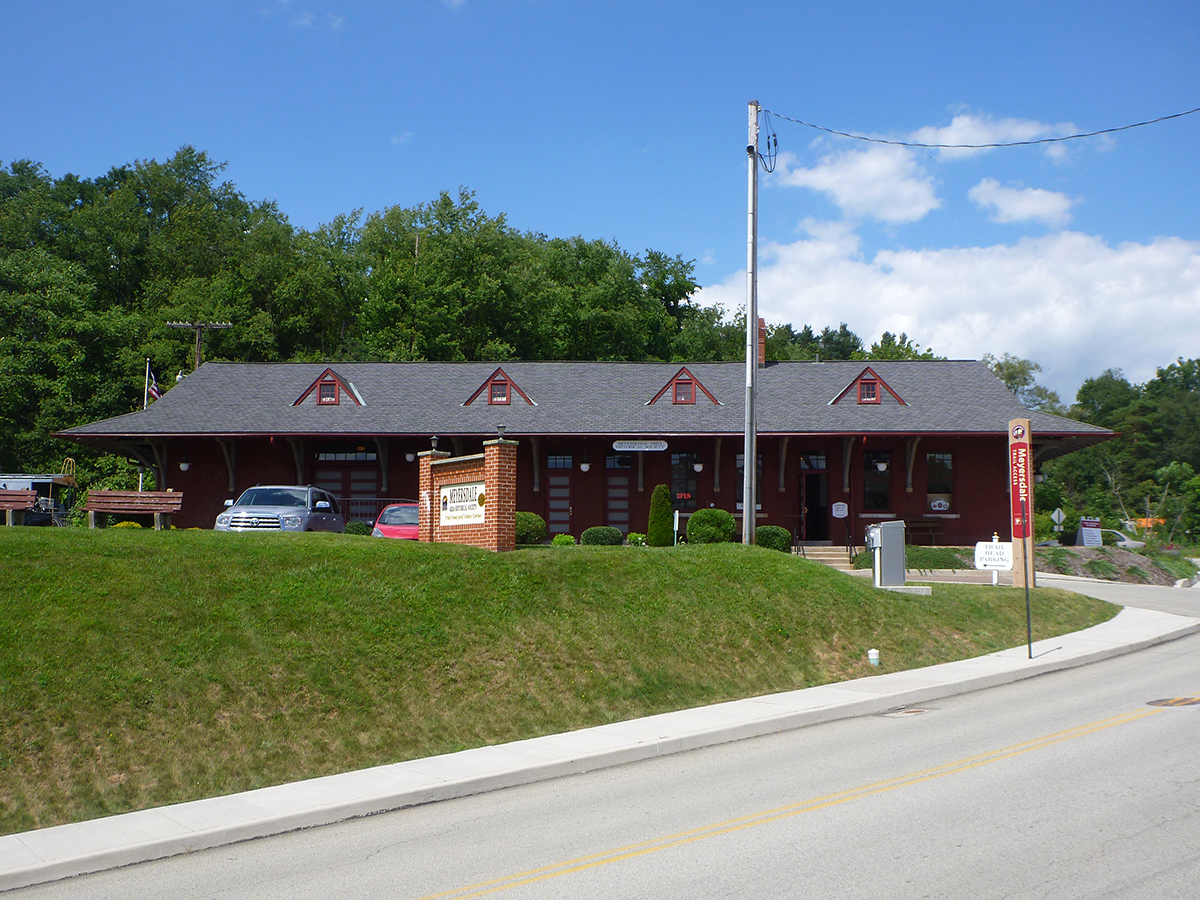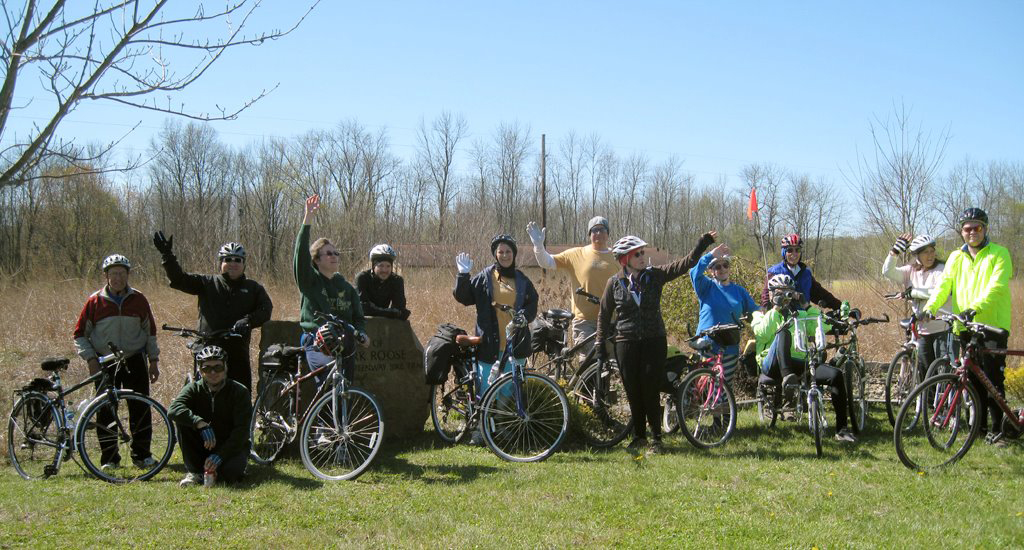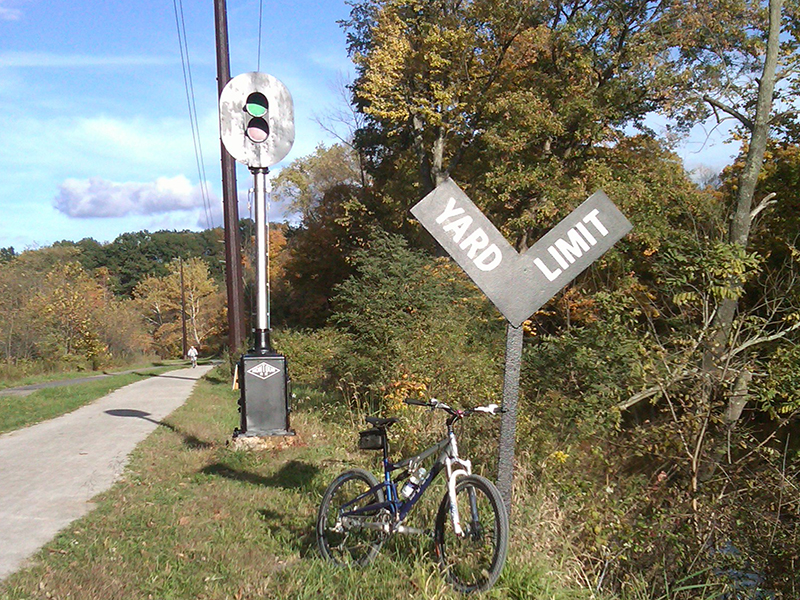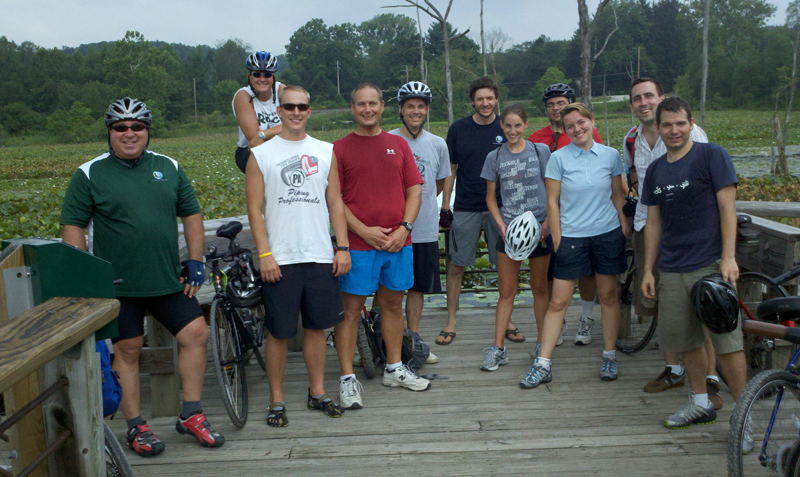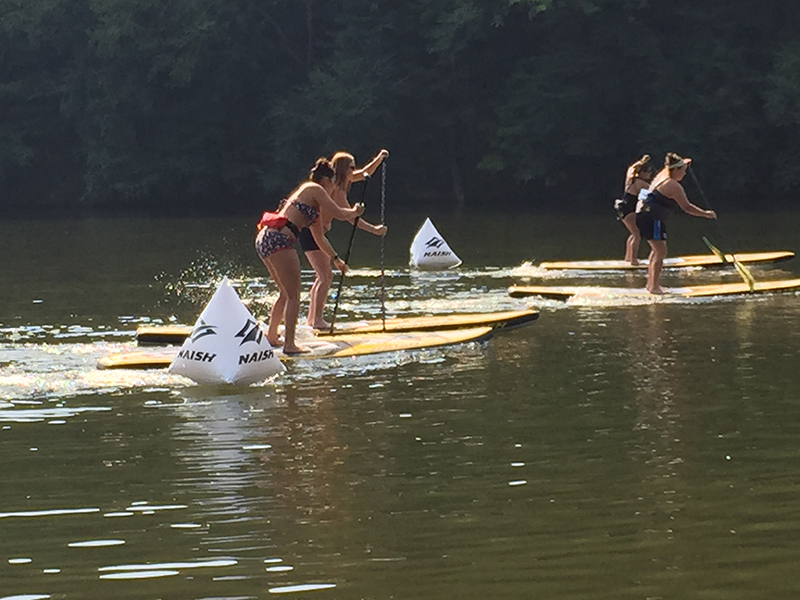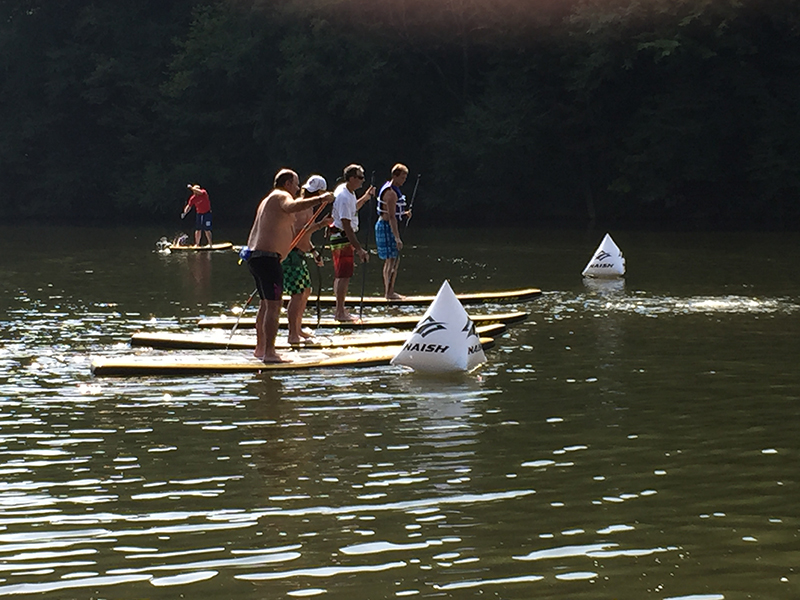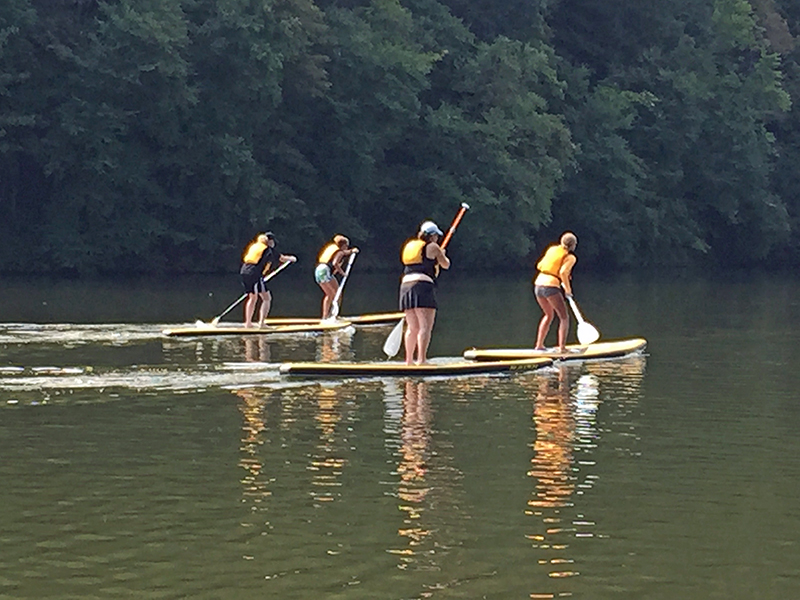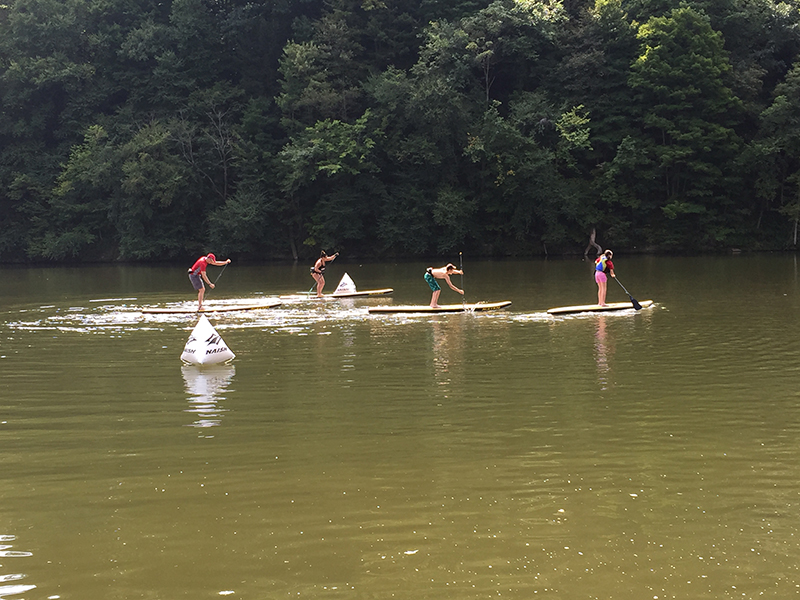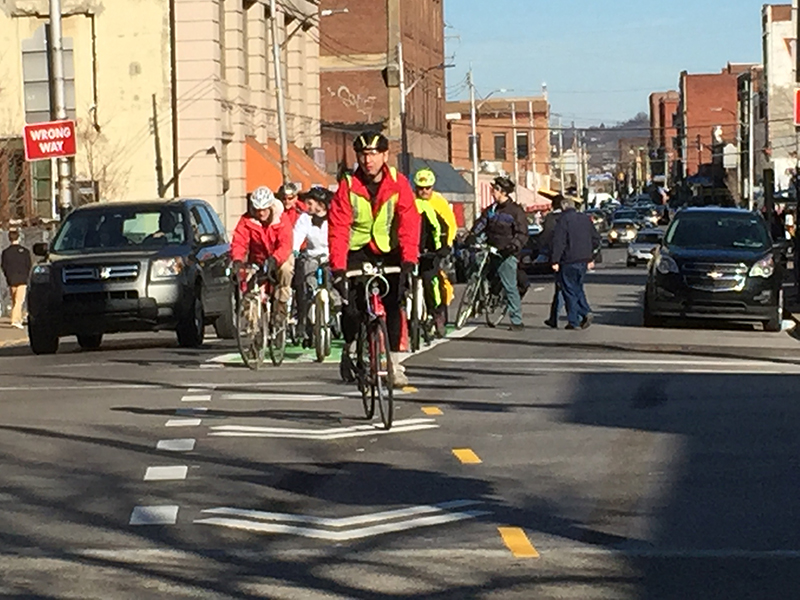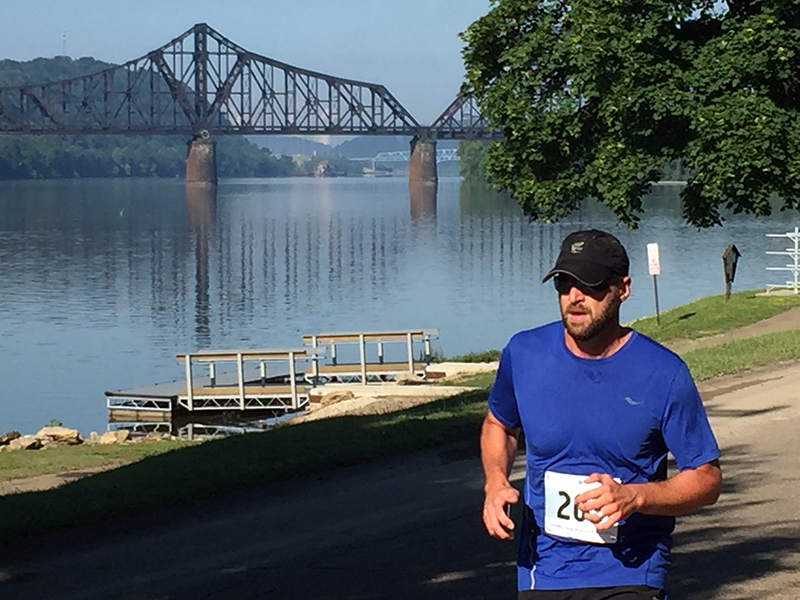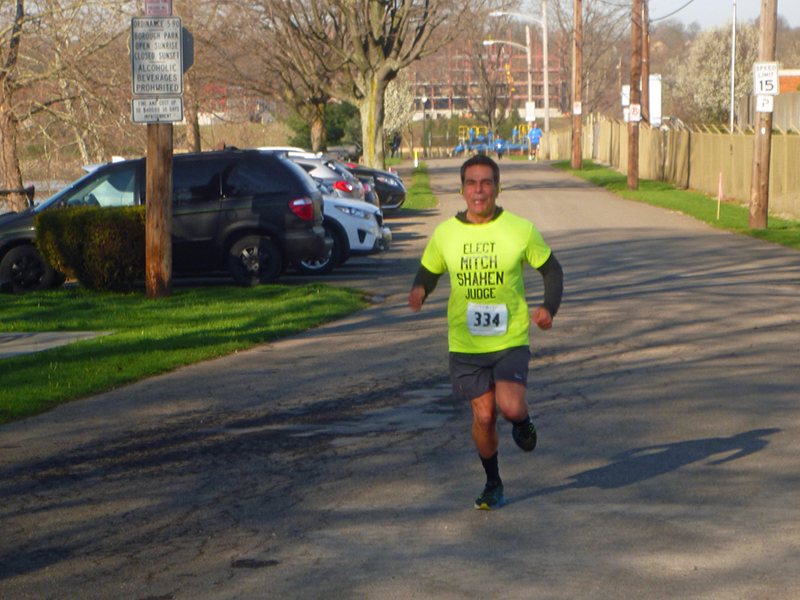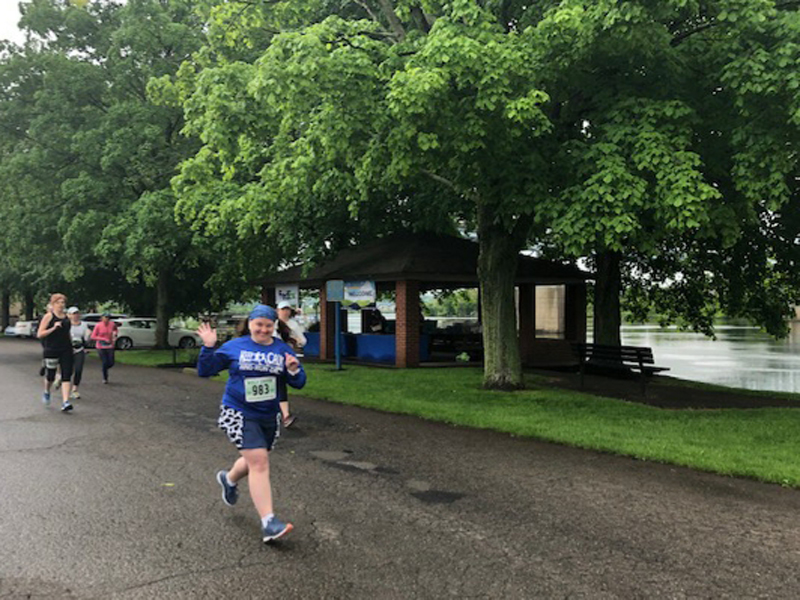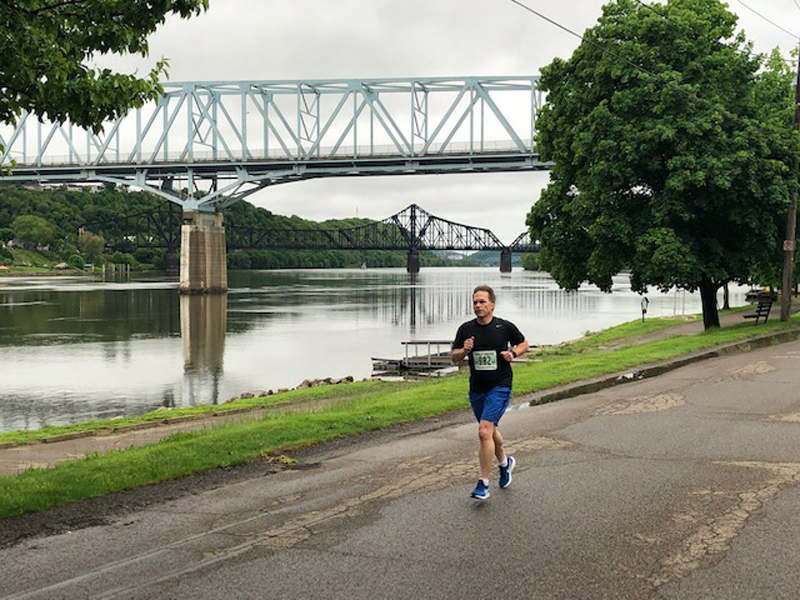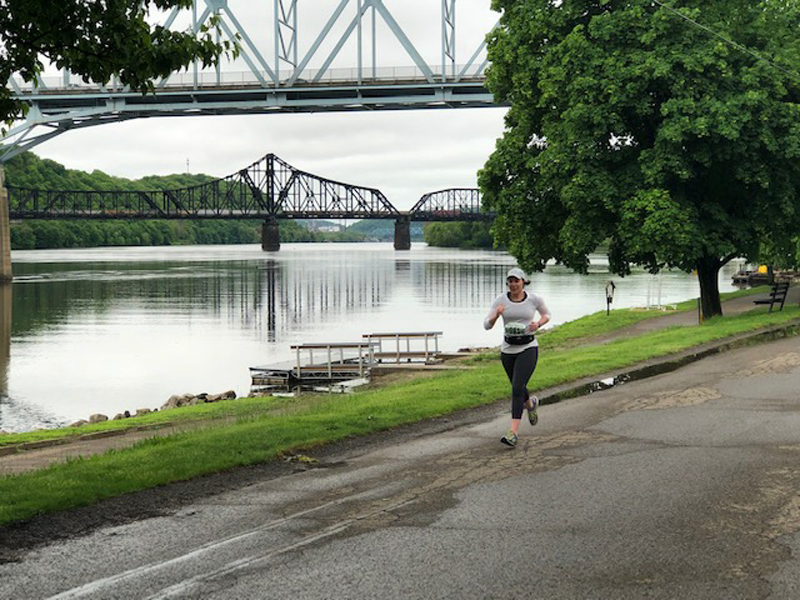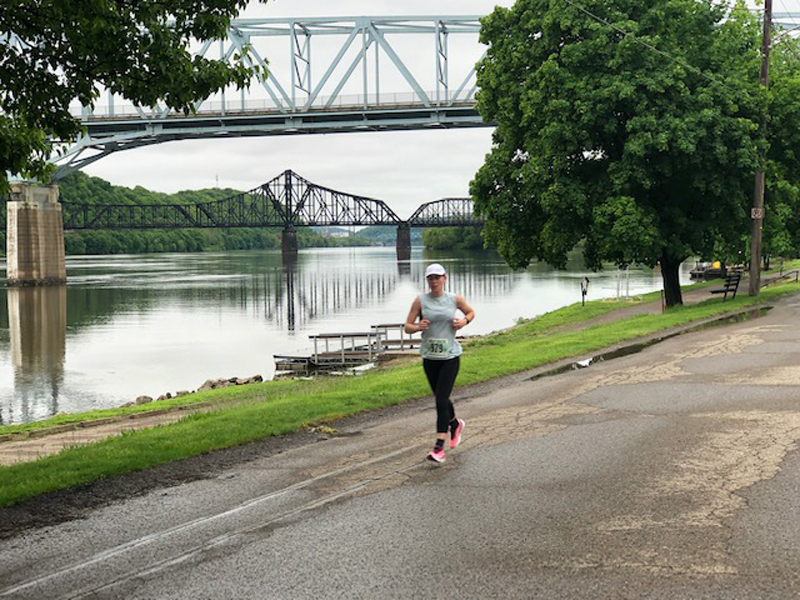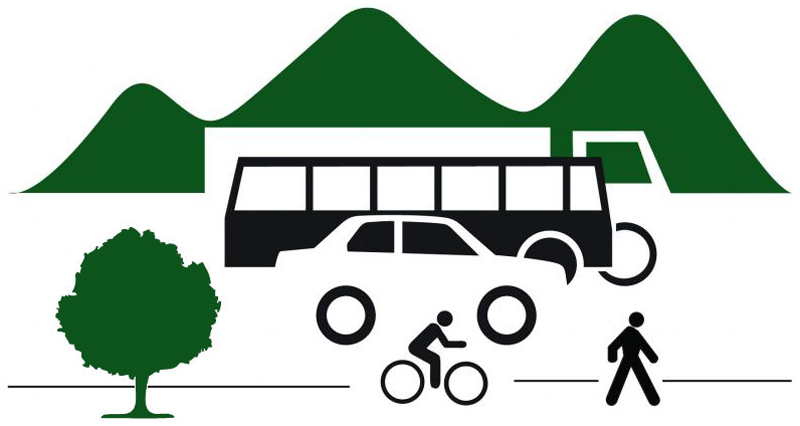
OHIO RIVER TRAIL COUNCIL
Smart Cycling Program

Smart Cycling Program
SMART CYCLING CLASS
We combined the Traffic Skills 101, Traffic Skills 201, Group Riding and Commuting curricula into a single course and document.. There are basic, intermediate and advanced building blocks for the content, and also improved graphics and photos.
The League’s five “Rules of the Road” are the core of the Smart Cycling program and will prepare you for a safe and fun bike commute no matter where you are riding.
FOLLOW THE LAW
Your safety and image of bicyclists depend on you. You have the same rights and duties as drivers. Obey traffic signals and stop signs. Ride with traffic; use the rightmost lane headed in the direction you are going.
BE PREDICTABLE
Make your intentions clear to everyone on the road. Ride in a straight line and don’t swerve between parked cars. Signal turns, and check behind you well before turning or changing lanes.
BE CONSPICUOUS
Ride where people can see you and wear bright clothing. Use a front white light, red rear light and reflectors when visibility is poor. Make eye contact with others and don’t ride on sidewalks.
THINK AHEAD
Anticipate what drivers, pedestrians, and other people on bikes will do next. Watch for turning vehicles and ride outside the door zone of parked cars. Look out for debris, potholes, and other road hazards. Cross railroad tracks at right angles.
RIDE READY
Check that your tires have sufficient air, brakes are working, chain runs smoothly, and quick release levers are closed. Carry tools and supplies that are appropriate for your ride. Wear a helmet.
BICYCLING SKILLS 123 YOUTH
Bicycling Skills 123 Youth is composed of 13 on-bike stations that teach children better bike handling skills.
SAFE ROUTES TO SCHOOL
This program is designed to increase the safety of youth bicyclists and walkers, the number and frequency of children bicycling and walking, and improve the lives of children. The curriculum is divided into three levels. Each progressive level provides more in-depth learning and greater opportunity for students to practice and apply safety knowledge in real-life scenarios. Each level requires increased expertise, time, and resources to effectively implement.






